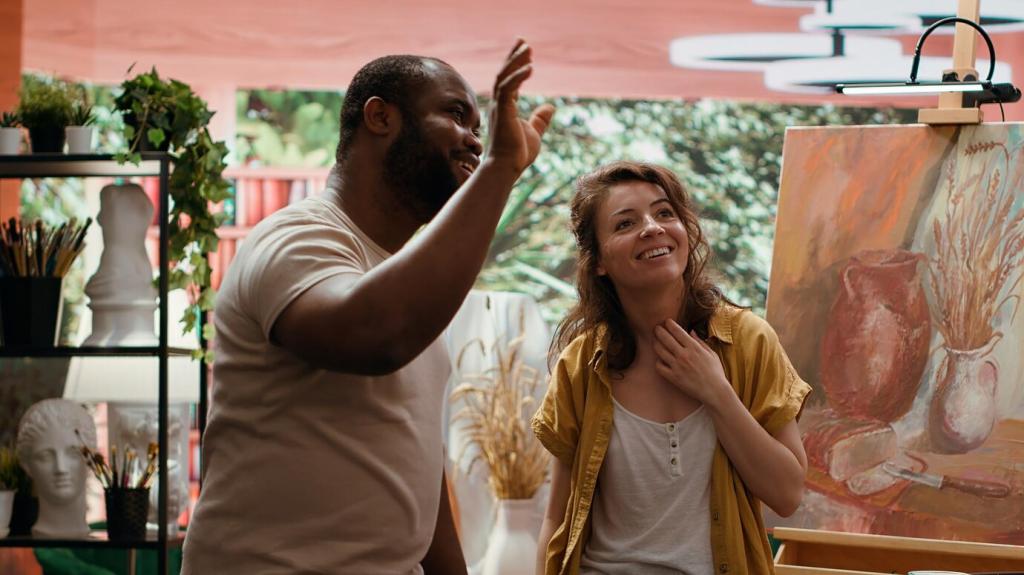Step into the Floating World: Japanese Ukiyo-e Prints
Chosen theme: Japanese Ukiyo-e Prints. Wander through Edo’s bustling streets and tranquil seas where woodblock stories shimmer with ink, color, and human longing. Subscribe for future deep dives, share your favorite prints in the comments, and tell us which masterpiece you want explored next.
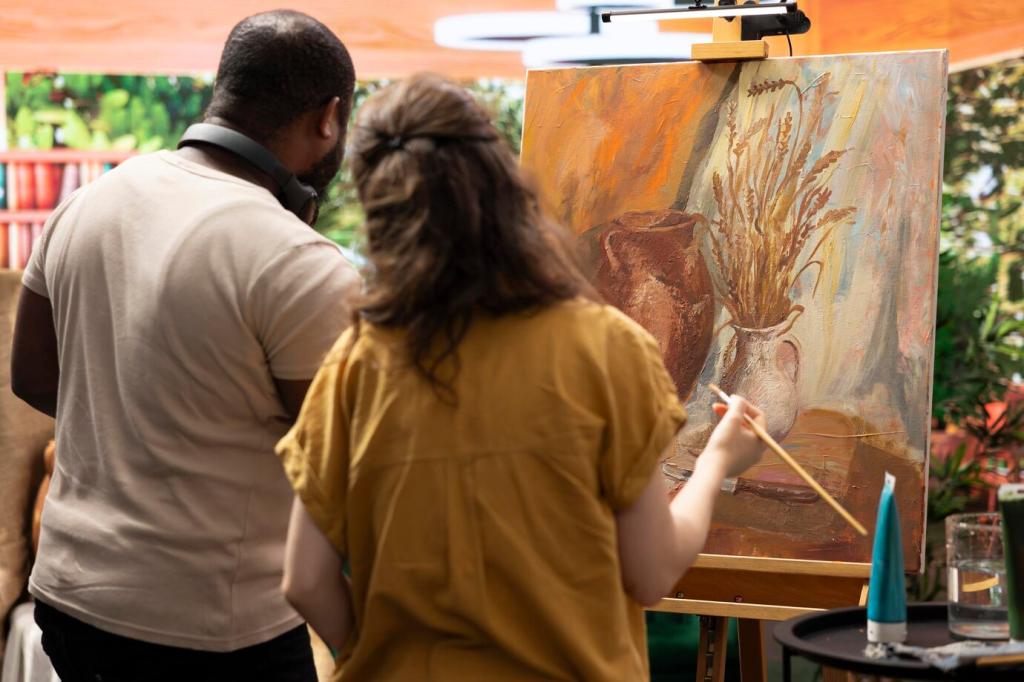
Edo Beginnings: How the Floating World Took Shape
Ukiyo-e emerged from streets humming with music, lantern light, and the magnetic pull of kabuki theaters. Prints were souvenirs of evenings spent laughing, crying, and cheering. Imagine the rustle of silk, the smell of ink and pine smoke, the chatter of vendors—then tell us: which scene would you step into first, a backstage dressing room or a moonlit canal?
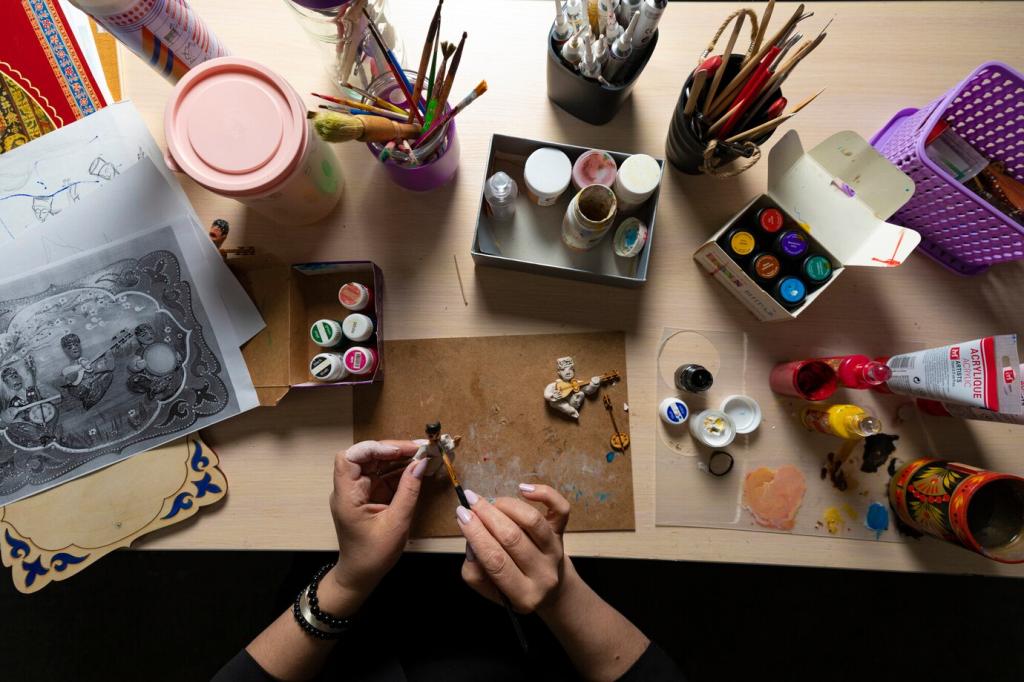
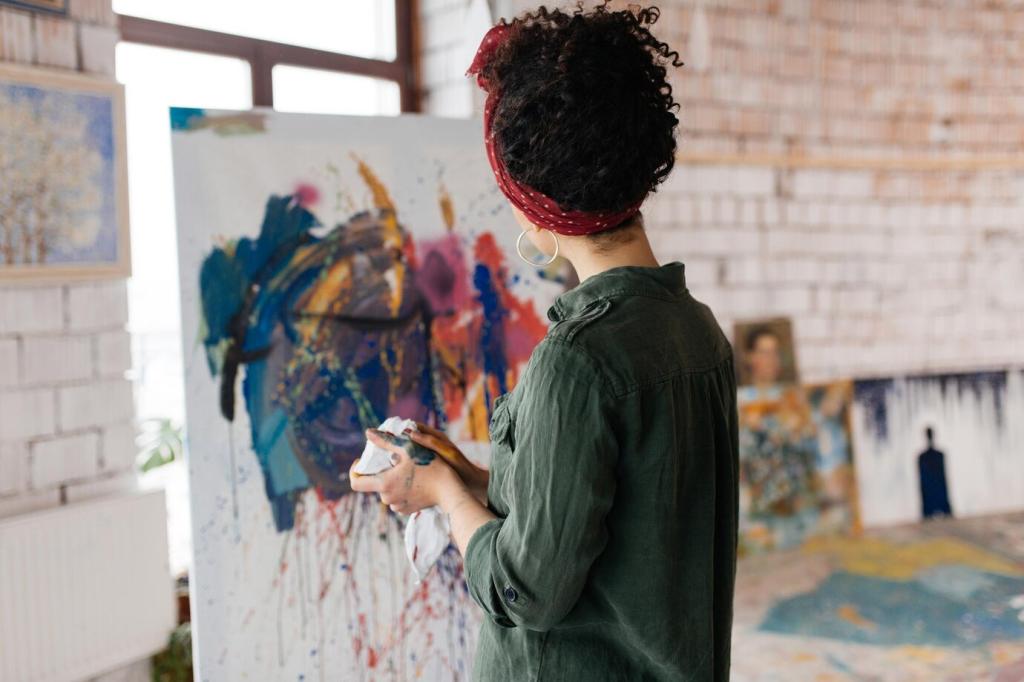
Edo Beginnings: How the Floating World Took Shape
Every sheet was a choreography of roles. The designer’s drawing met the carver’s chisels, guided by kento registration marks, while the printer coaxed color with a baren’s polished glide. Publishers bankrolled the venture and judged the market’s taste. If you’ve collaborated on creative projects, share how roles and trust shaped your outcomes.
Masters of the Block: Hokusai, Hiroshige, and Utamaro
Hokusai’s The Great Wave is a thunderclap of composition: clawing foam, tiny boats, and Mount Fuji observing in serene distance. He published Thirty-Six Views with daring blues and cinematic angles, reinventing space on paper. If you’ve seen the wave in a museum, a book, or even a coffee mug, share the moment it finally felt alive.
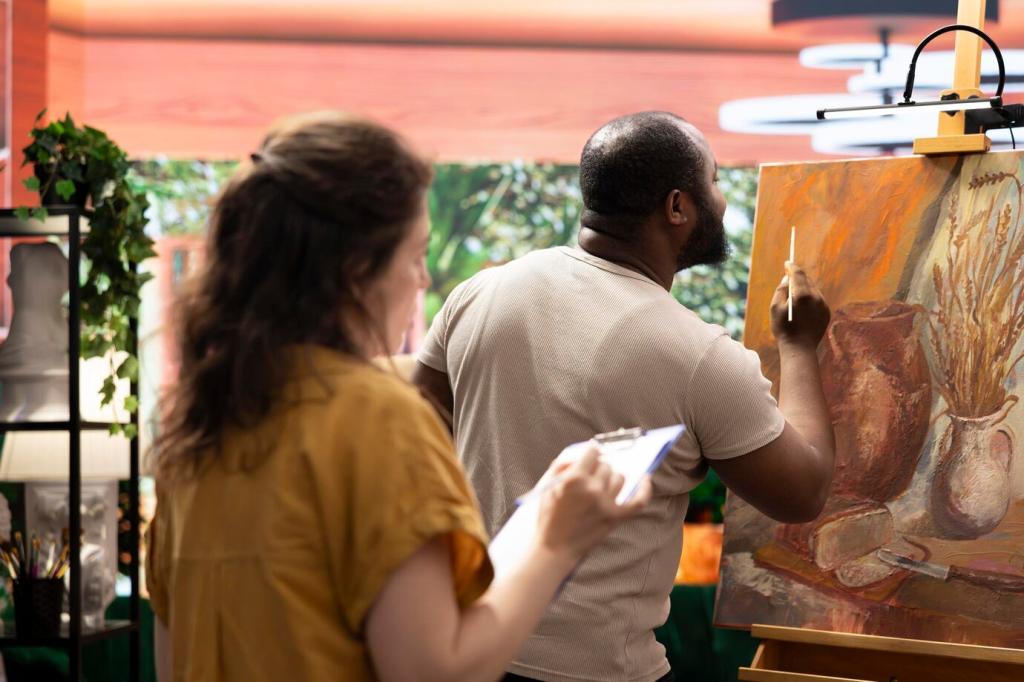
Washi paper, kento registration, and the baren’s whisper
Long-fiber washi drinks color without buckling, holding crisp lines and subtle gradients. Carvers incise cherry wood blocks; printers align sheets using kento notches, then press with a baren until ink breathes into fibers. That gentle circular pressure can make or break a gradient. Have you felt that mesmerizing rhythm? Describe your first perfect pull.
Bokashi gradients, metallic mica, and fragrant pigments
Bokashi creates sunsets that fade like sighs. Brushes feather damp pigment across the block so sky and sea melt into each other. Mica dust glints on hairpins and kimono collars, catching candlelight like stars. Plant-derived blues and reds carry faint scents. What surface treatments draw your eye most—shimmering mica, velvety blues, or smoky gray rain?
Edition nuances: first pull to late states
Early impressions often glow with fresh blocks and saturated color; later pulls may show softened edges or recut lines. Censor seals, publisher marks, and marginal clues help date a sheet. Spotting these nuances feels like detective work. Have you compared variants of a famous print? Share what details tipped you off to the edition state.
Symbols, Stories, and the Grammar of Motifs
Seasons in bloom: plum, cherry, maple, and moonlight
Plum blossoms hint at resilience in cold air; cherry petals swirl with fleeting joy; maple leaves blaze like endings that promise renewal. Moonlight is a companion, not a backdrop—its silver hush rewrites a scene’s mood. When life pivots, which season’s emblem steadies you? Share a print where the weather seems to breathe.
Actors, ghosts, and heroics: theater prints as tabloids
Yakusha-e captured celebrity actors mid-gesture, gossip frozen in ink. Fans traded portraits like modern posters, tracking roles and scandals. Ghost stories materialized as billowing hair and gripping hands, fright distilled into curves. If you staged your favorite play as a woodblock, which scene would anchor the composition—and what dramatic prop would steal the frame?
Rivers, bridges, and storms: nature as character
Landscapes in ukiyo-e are not scenery; they are co-stars. A bridge strains under wind, rain writes diagonal music, and mountains act as silent witnesses. Think of your most unforgettable weather moment—downpour, snow squall, or fog at dawn. Which print captures that feeling best? Recommend a view we should analyze next.
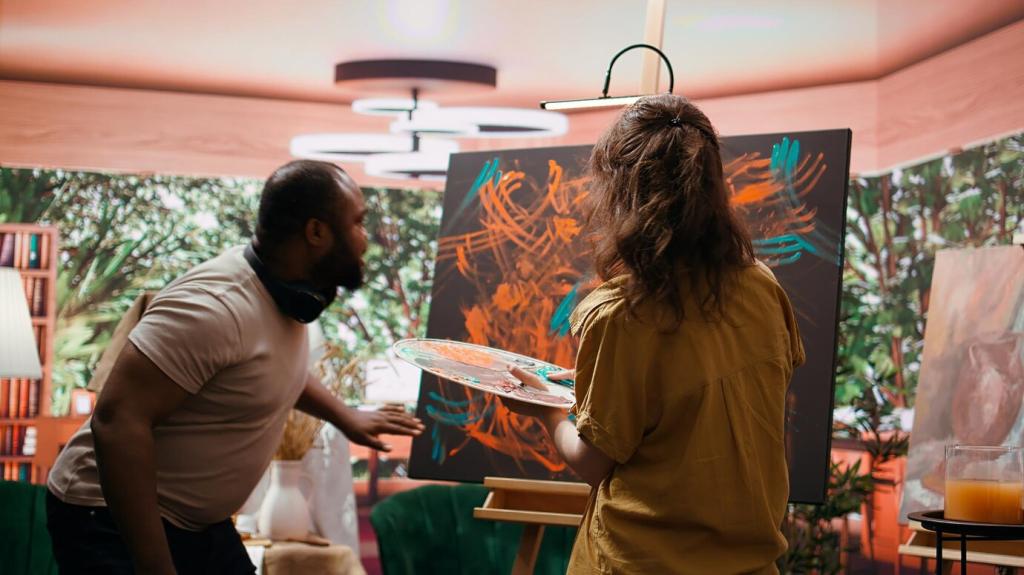
Collecting Wisely: Care, Provenance, and Display
Censor seals like aratame or kiwame, combined with publisher logos, form a timeline of production. Artist signatures shift across periods and series. Keep a magnifier handy and cross-check references. What catalog or database do you rely on most when verifying a print’s story? Share your go-to resources to help fellow readers.
Collecting Wisely: Care, Provenance, and Display
Wormholes can be stabilized, foxing reduced, but trimming and sun fade alter history permanently. Look for strong margins, unfaded blues, and unwashed paper tone. Trust your nose—mustiness matters. What conservation challenge has tested your patience, and how did you solve it? Your hard-earned wisdom could save someone’s favorite sheet.
When ukiyo-e reached Paris, painters learned to slice space with daring angles, flatten planes, and embrace pattern as poetry. Monet collected; Van Gogh copied and transformed. Those lessons still guide photographers and designers. Which modern artwork echoes that fearless cropping and color? Share a link or title for our next comparative deep dive.
